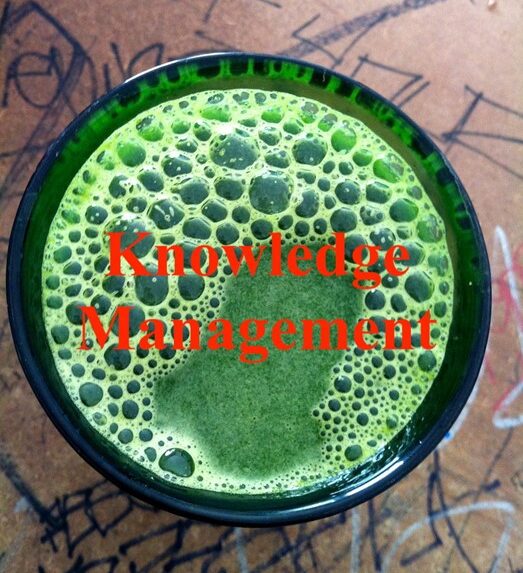Additive Manufacturing (AM) is an amazing industry. A hodgepodge collective of creatives, fabricators, and techies act as explorers and cartographers – redefining and redrawing the boundaries of additive manufacturing. And while innovation in AM is something to be celebrated, the fact remains that as the industry progresses as a collective, we as organizations often leave valuable insights behind. But there is a way to prevent this – through Knowledge Management.
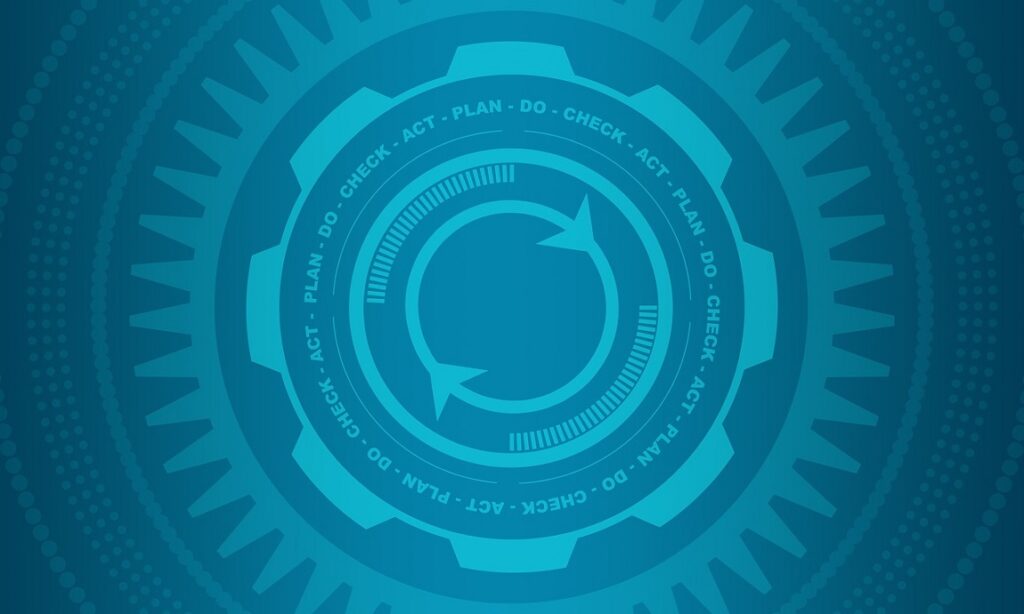
What is Knowledge Management (KM)?
If you crack open a Cambridge Dictionary, you’ll find the textbook definition of KM is:
“The way in which knowledge is organized and used within a company, or the study of how to effectively organize and use it.”
To put it in layman’s terms, KM is a way to take the inherited knowledge of an individual and share it amongst others within the same organization. This can be as simple as creating a best practices sheet or as intricate as creating a company intranet. Although KM seems pretty self-evident, the truth is that many organizations flounder when it comes to recording that special know-how. In fact, the Harvard Business Review states that more than “60% of employees have had a difficult time getting their colleagues to share information that is vital to their work.” As they say, sharing is caring, and when necessary information isn’t freely circulating amongst colleges, there’s a problem.
AM Needs KM

Image Credit: DailyMeal
There are many relationships in this world where one cannot exist without the other – yin and yang, cats and allergies, Oreos and milk. Likewise, any industry, be it 3D Printing or otherwise, cannot exist without KM. Think about it. The first steps for any training is learning from the discoveries of others. Engineering students today don’t have to discover Calculus, they’re taught differential equations and integrations; medical students don’t invent IVs, they learn to use them. Without capturing this knowledge, we would be running on a hamster wheel, redoing the work our predecessors did instead of building on it. But when we fail to document our knowledge and discoveries, serious consequences can ensue.
To give you an example, let me tell you a story all too familiar. Company X, a service bureau, was having a large amount of build failures. Usually, Company X prided itself on its high yield rate and few build failures, so this was a very abnormal trend. Desperate to regain their high yield rates, Company X began to investigate. As it turns out, their most experienced operator had retired and taken his expertise along with him. The junior staff, no longer privy to the experienced operator’s know-how, floundered, causing the yield rates drop.
National Geographic: Office Edition
It may seem weird, but to me, the office is like an ecosystem. Just as every species has a role to ensure the health of the whole community, each member of an organization has responsibility to the whole of the organization. And while every organism – erm, employee – is important to this great balanced community, there are certain creatures, who if removed, would cause the whole thing to collapse. In ecology, these are Keystone Species. In the workplace, I call these people, Keystones – an employee, who if they left, could cause the entire organization or department serious issues. The retired operator in the story above was a Keystone. Ask yourself, does my organization have a Keystone? Am I a Keystone? If so, what are you doing to codify their knowledge? What about those crafty workers who find clever ways to improve their workflows and productivity? How are they codifying their knowledge?
KM: A Super Food
KM is like an acai-kale-olive oil smoothie straight to your organization’s gut: much like this noxious nutritious green juice, its immense health benefits can only be realized if consumed regularly. When done correctly and consistently, KM increases efficiency, lessens lead times, and improves innovation. But don’t just take my word for it. Steve Gaxiola, 3D Methods and Engineering Manager at PADT, a digital technology solutions provider, has been working in advanced manufacturing for over 20 years. According to Steve, KM allows his team to “save time and “mistake-proof” the work [they] do for customers.” Beyond that, Steve states that KM is “important to this industry because there are no ‘cookie cutter recipes’ to produce difficult geometries and more advanced builds.” In other words, KM is necessary for anyone looking to continuously evolve their AM craft and learn from the past experiences.
The Reality of KM

While a lot of people may think that they have a good KM program in place, the reality is that they don’t. Be it mismanagement, lack of use, or employees unaware that one even exists, you’ll find that companies with established KM programs often have difficulty codifying knowledge. If you want the real story on KM program effectiveness, buy your engineer or operator lunch – and make sure you have a notebook on hand.
Simple KM Systems
If you don’t have a KM system in place, not to worry! Creating a KM system doesn’t have to be a complicated or arduous affair. Simple – and often free – changes can yield big returns. Some of my favorite systems are as follows:
Microsoft / Google Forms:
Did you know you can create free surveys within your Office365 or Google accounts? It’s true. Create a two minute survey for team members to fill out after each iteration, build, or project. Ask multiple choice questions like “What caused this build failure?” or short answer questions like “What were the lessons learned?” You can even ask for image submissions, too! Office365 or Google will then automatically aggregate the submissions into easy-to-view data visualizations. The more survey submissions, the more data you have to learn from. Best of all, these surveys are easy to make, can be filled via smartphone or computer, and you can export all results into Excel.
Neat, uh?
Best Practices Sheets
Like the Rolling Stones, Best Practices documents are timeless. Try having your operators or engineers record their best practices after wrapping up each project. Include things like post-processing hacks, machine parameters, and lessons learned. This also works as a great reflection tool, too.
Interns
That’s right, you heard me.
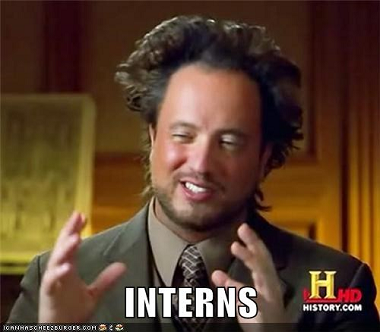
The naive, starry-eyed youths who’ll jump to the moon instead of asking how high. If your full-time employees give you grumbles about starting the documentation process, why not have the interns do it? Let your interns interview and observe the Keystones as they work, then document their findings in a Best Practices sheet or Lessons Learned booklet. Your Keystones will be flattered to be the center of attention and the interns will learn documentation skills that will assist them throughout their career. It’s a win-win for all.
KM Consultancies
If you really want to kickstart your company’s KM system, try bringing specialists. While simple fixes like surveys and Best Practices Documentation can give you a great start, sometimes it pays to bring in the big guns. Consultancies are an option for those who really want to get serious.
In Conclusion
While the future has yet to be written, the past already was. Learning from your mistakes, successes, and failures can only benefit you and your organization. By implementing KM into your additive workflow, you can prevent redundant R&D, collectively thrive off individual success, and future-proof your company.
Contact Us
We’re always available over the phone at 262-790-1080, or, if you don’t have time for a phone call, we take submitted inquiries online.
See similar blogs on 3D Printing:
- How to Have an Additive Approach
- Saving on Tooling Costs: How Johnson Level Did It
- 3 Metal 3D Printed Parts to Know About
- How to Save with Leasing an HP Printer
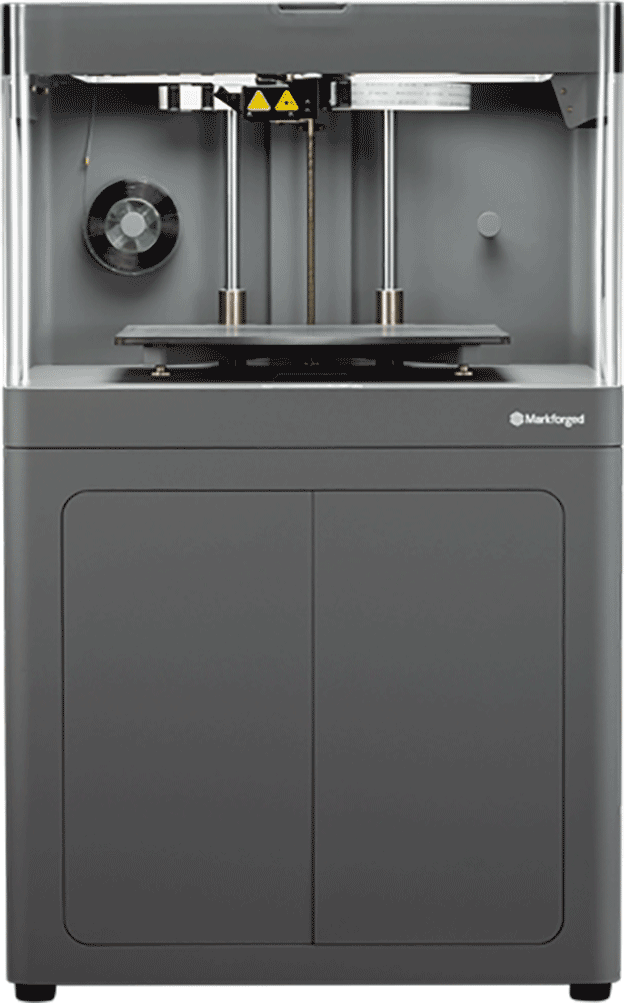
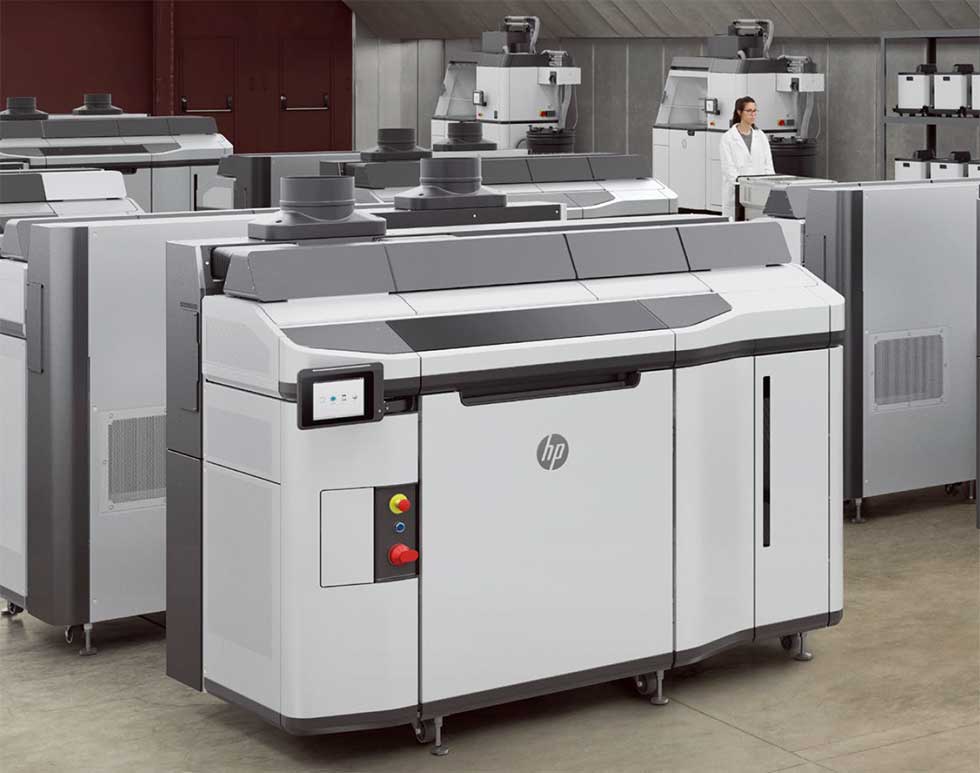
Please let us know if you would like to:
- Talk over the phone with our Application Engineer to identify possible applications in your line
- Get a sample part of yours printed to prove material strength and ROI
- Virtually attend a free, short-and-sweet webinar with our 3D printing team
Anything you need, we’re here to help!
Share
Meet the Author

